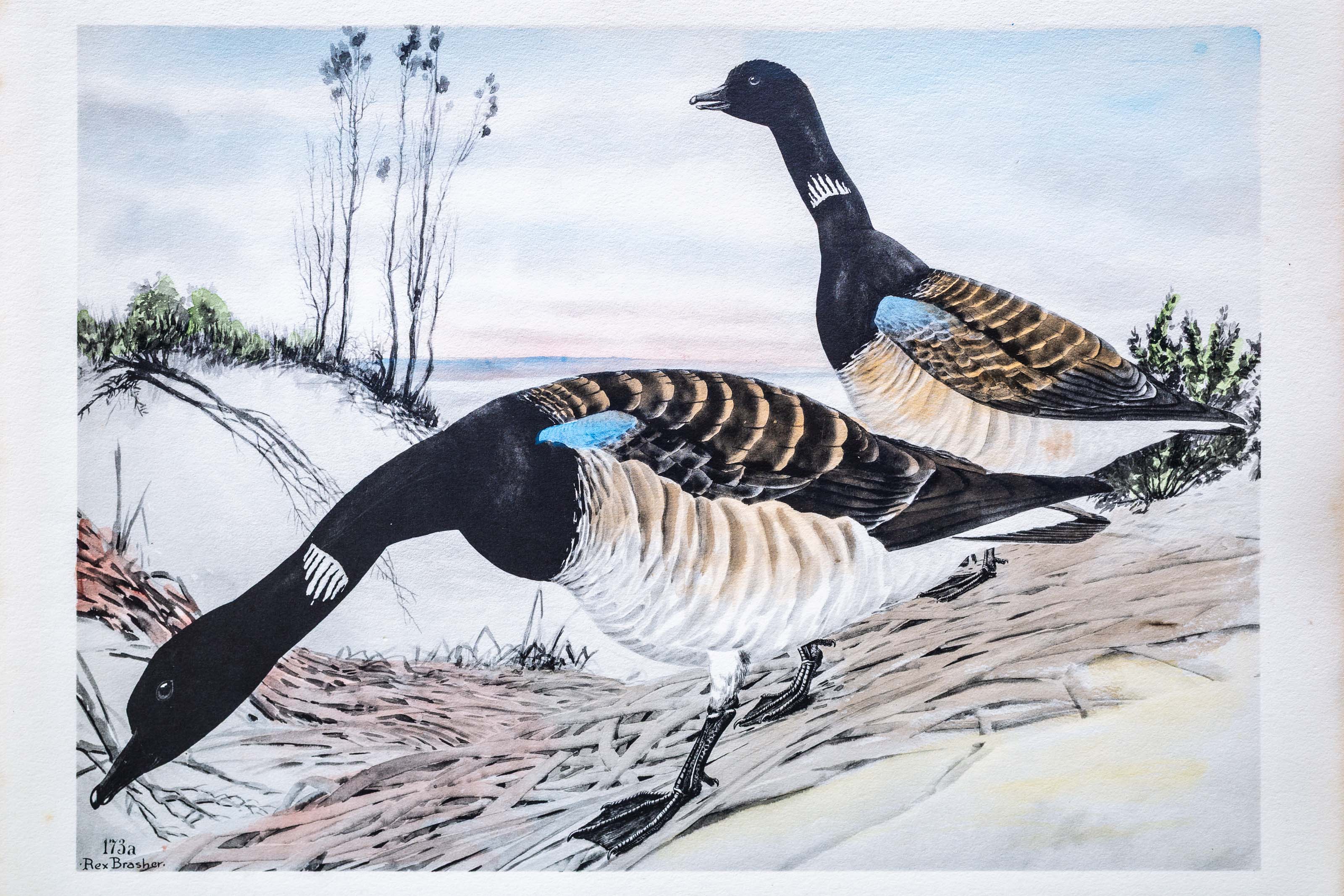

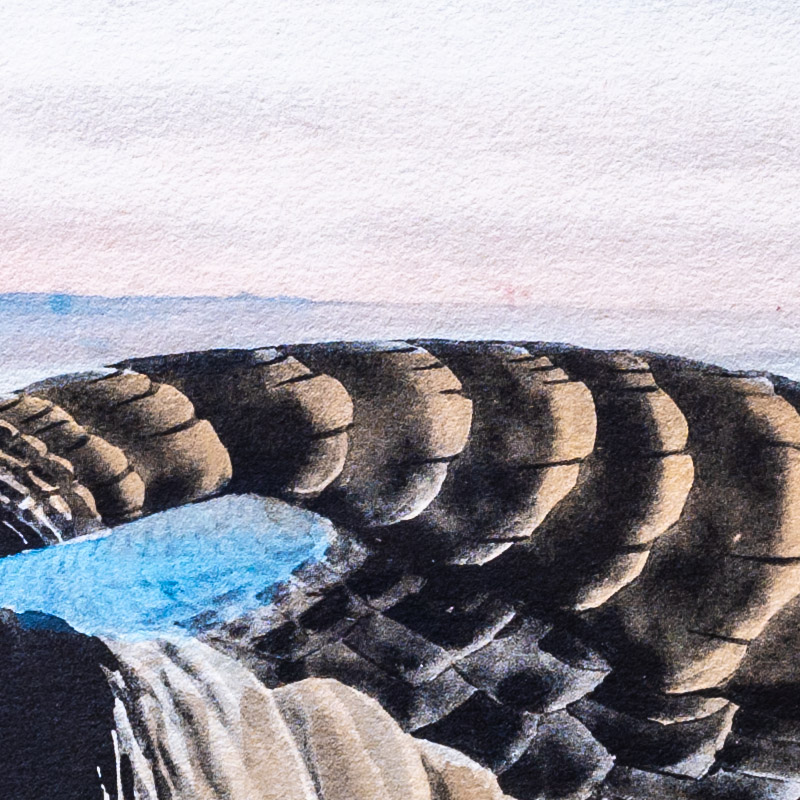
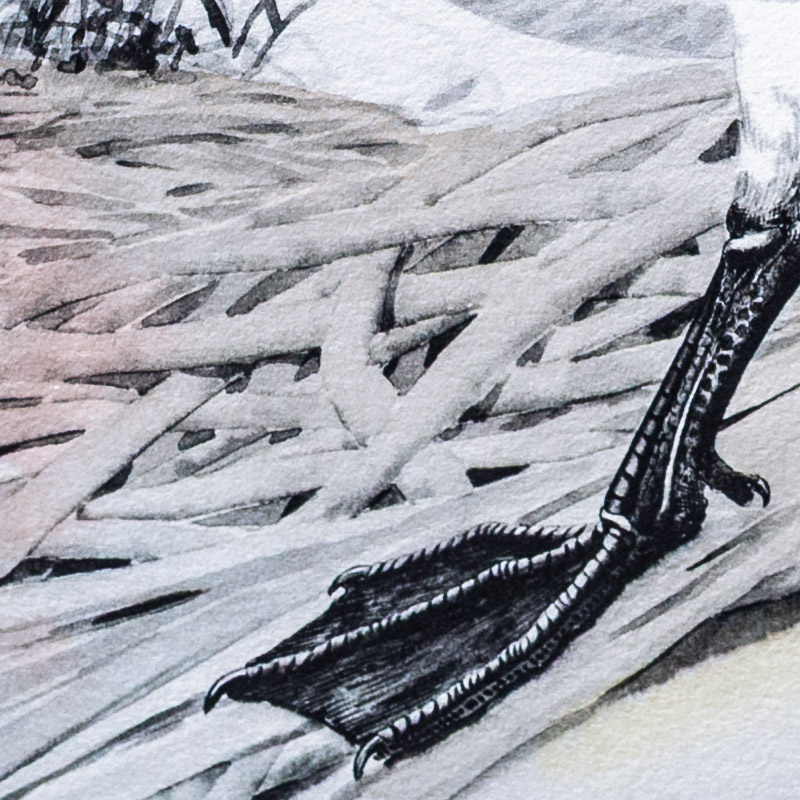
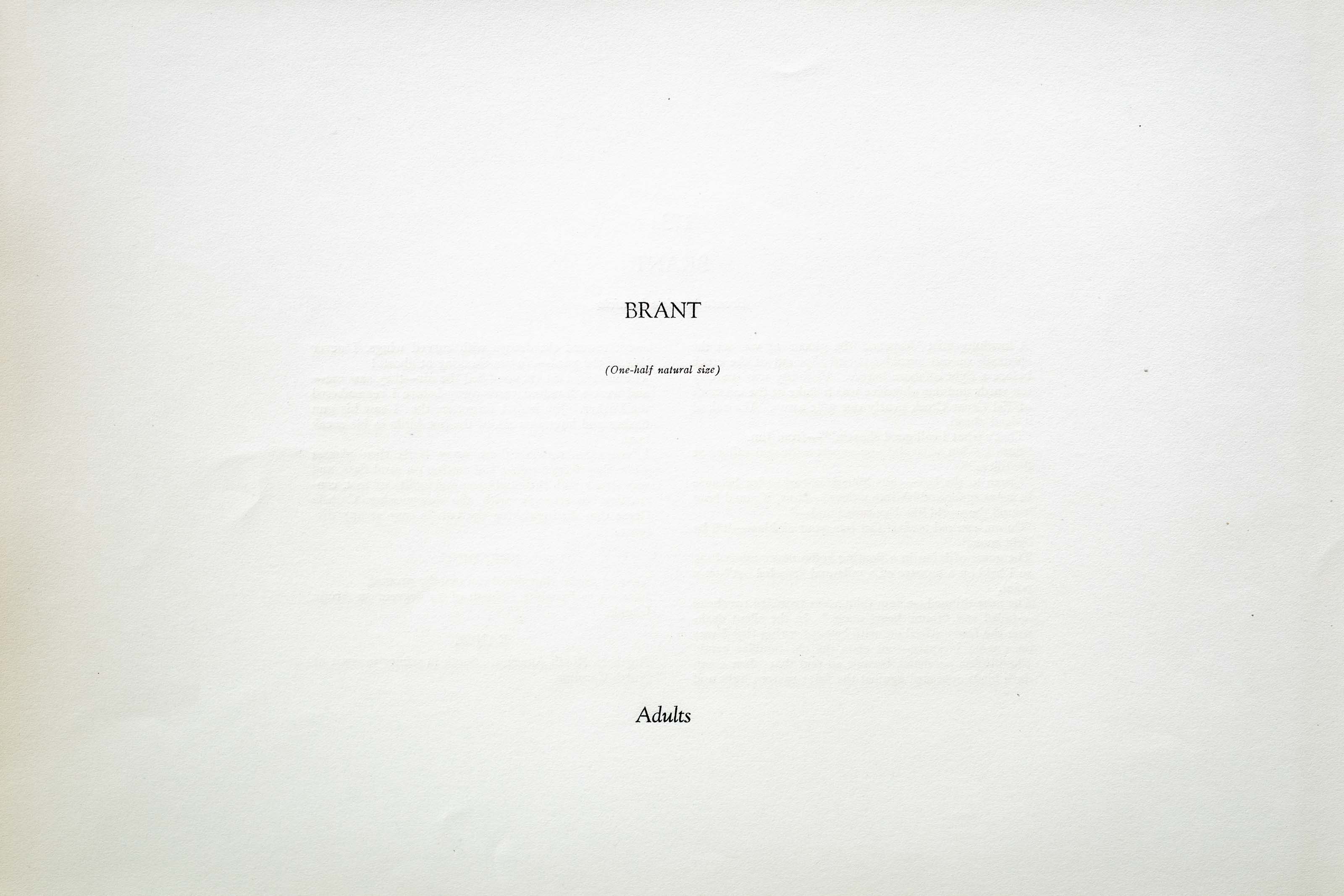
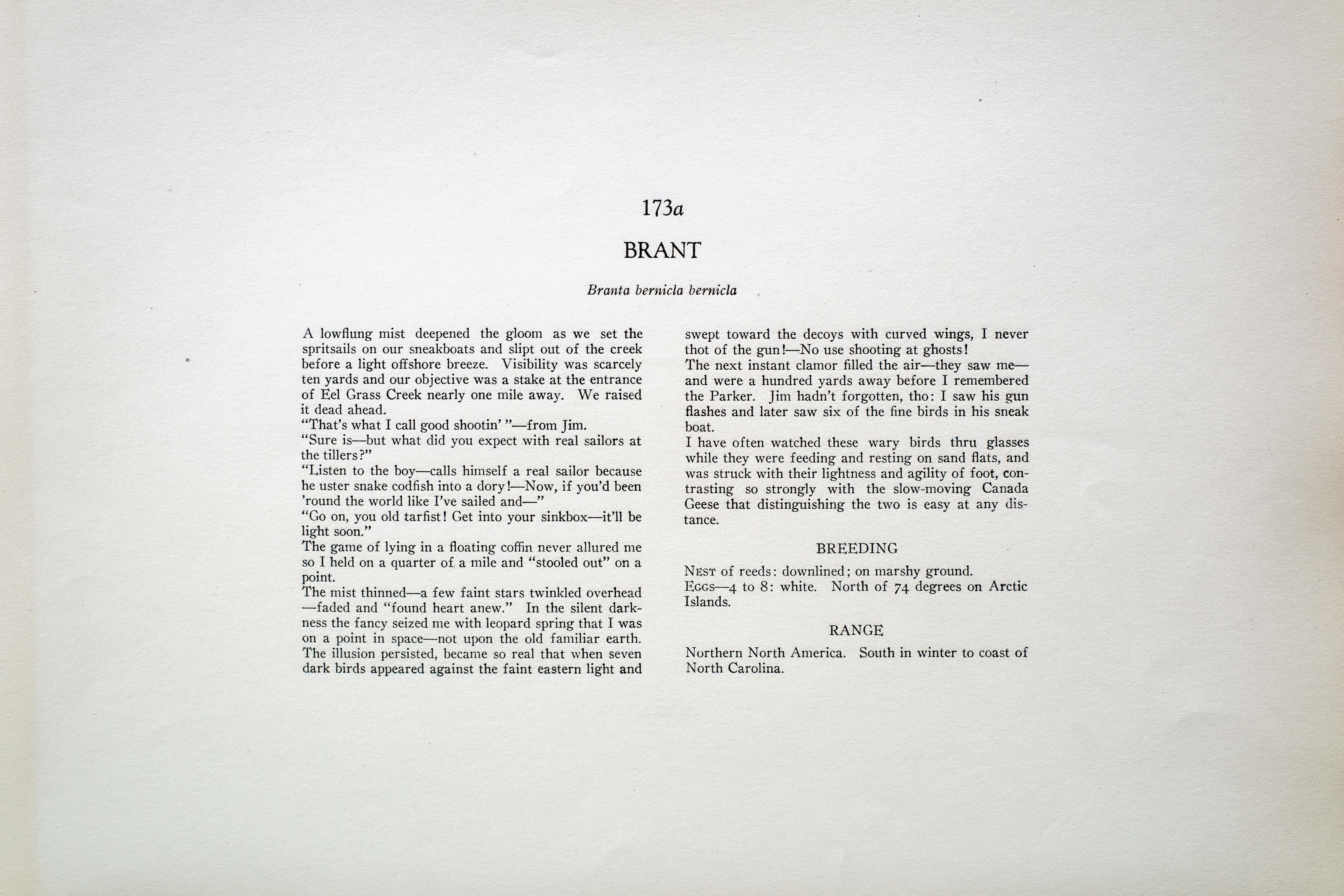

Unknown
1930
3
173a
A team of dedicated board members, volunteers, and student interns has published every page in Volume 9. This volume includes 360 images of paintings and lyrical descriptions of birds, now available online for everyone to enjoy anywhere in the world. This is a monumental task. Each volume requires approximately 400 hours to photograph, edit, transcribe, catalog, and publish online. We need your support to complete this work.
If you're tech-savvy, have a good eye, are meticulous with details, and love structured data, please consider volunteering by emailing us at hello@rexbrasher.org.
We encourage all bird lovers and supporters to consider a monetary donation to support our mission to make Rex's work available for everyone. You can provide a one-time or recurring donation online.
A lowflung mist deepened the gloom as we set the spritsails on our sneakboats and slipt out of the creek before a light offshore breeze. Visibility was scarcely ten yards and our objective was a stake at the entrance of Eel Grass Creek nearly one mile away. We raised it dead ahead.
"That's what I call good shootin' " — from Jim.
"Sure is — but what did you expect with real sailors at the tillers?"
"Listen to the boy — calls himself a real sailor because he uster snake codfish into a dory! — Now, if you'd been 'round the world like I've sailed and — "
"Go on, you old tarfist! Get into your sinkbox — it'll be light soon."
The game of lying in a floating coffin never allured me so I held on a quarter of a mile and "stooled out" on a point.
The mist thinned — a few faint stars twinkled overhead — faded and "found heart anew." In the silent darkness the fancy seized me with leopard spring that I was on a point in space — not upon the old familiar earth. The illusion persisted, became so real that when seven dark birds appeared against the faint eastern light and swept toward the decoys with curved wings, I never thot of the gun! — No use shooting at ghosts!
The next instant clamor filled the air — they saw me — and were a hundred yards away before I remembered the Parker. Jim hadn't forgotten, tho: I saw his gun flashes and later saw six of the fine birds in his sneak boat.
I have often watched these wary birds thru glasses while they were feeding and resting on sand flats, and was struck with their lightness and agility of foot, contrasting so strongly with the slow-moving Canada Geese that distinguishing the two is easy at any distance.
NEST of reeds: downlined; on marshy ground.
EGGS — 4 to 8: white. North of 74 degrees on Arctic Islands.
Northern North America. South in winter to coast of North Carolina.